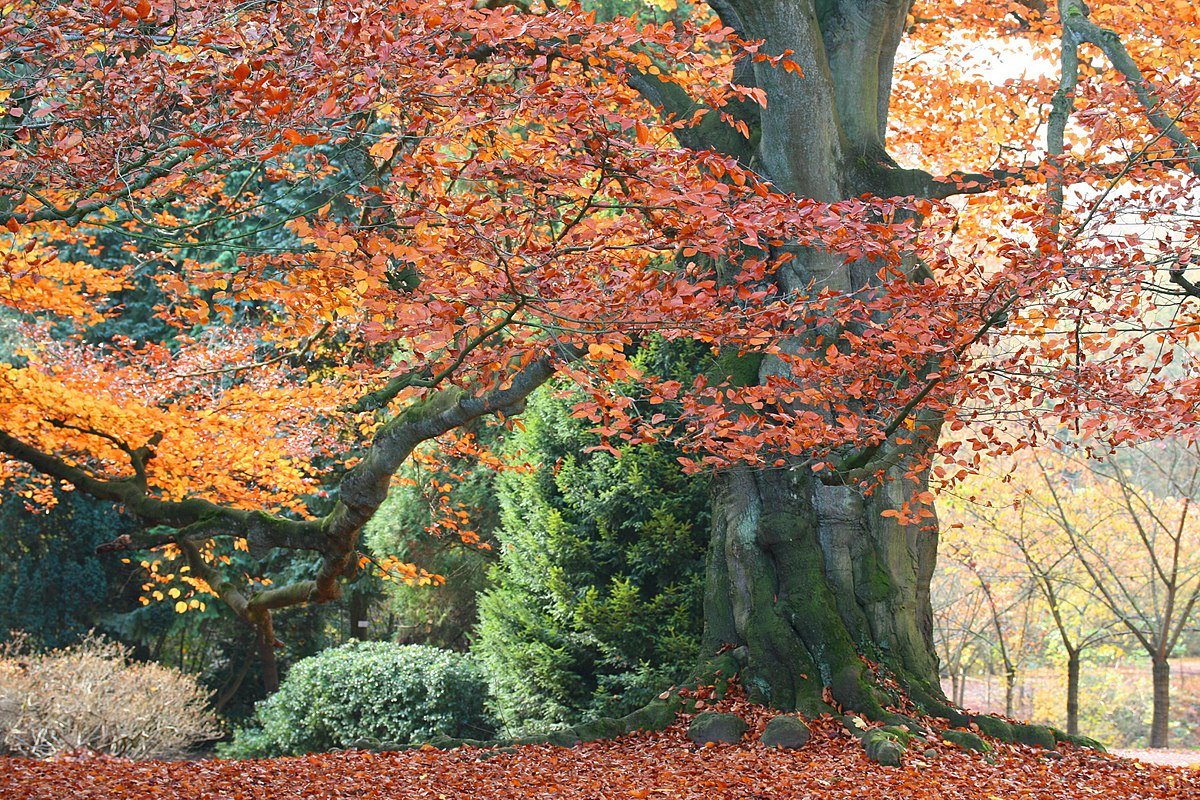Podcast 261 - Bad Coping Strategies
/The gang discusses two papers about inferring life habit and ecology from extinct animals. The first paper summarizes the data for ichthyosaur birth to see if they really do preferentially come out tail first, and the second paper investigates a fossil that could complicate the narrative for the origins of a European sabretooth cat group. Meanwhile, James has opinions about browsers, Amanda is camouflaged, Curt needs a drink, and everyone is surprised by a paper for the first time in a long time.
Up-Goer Five (Curt Edition):
The friends talk about two papers that looks at how animals did things and where they lived in the past. The first paper looks at a group of animals that lived in the water and had their kids inside them. This group used to be on land before they went into the water for all time. Lots of people say that when a group of animals goes from being on land to being on water, they need to change the way the babies come out of them, with the head coming out last so that they do not breathe in water. This paper looks into this to see if this is true. It turns out that lots of things today that used to be on land but are now in the water and have kids inside them usually have the kids come out with the head last. However, this is not always what happens. And, when the kids come out head first it is fine and they do not die and the mom also does not die. When we look at the parts of the dead animals from a long time ago that live in the water, we also see that, even in the groups that everyone says they go out head second, there are some that show they come out head first. It seems like, instead of being a change that is always true, these animals went from being most of the time head first, to being half and half head first, to being most of the time head second but sometimes head first.
The second paper looks at a group of angry animals with hair and long teeth. This group is found all over the world in the past and this paper is looking at one group that is most of the time found in one place but may have also had some groups close to it from other places. This paper names a new type of these animals and says that it is the first of this group, but also the study they do says that it isn't so that is weird. They also do another study to show that this group went through most of its big changes in this new place, but the study they do also seems to say that it is a third different place where a lot of important things happen but they do not talk about it. This paper is weird.
References:
Jiangzuo, Qigao, et al. "Origin of adaptations to open environments and social behaviour in sabretoothed cats from the northeastern border of the Tibetan Plateau." Proceedings of the Royal Society B 290.1997 (2023): 20230019.
Miedema, Feiko, et al. "Heads or tails first? Evolution of fetal orientation in ichthyosaurs, with a scrutiny of the prevailing hypothesis." BMC Ecology and Evolution 23.1 (2023): 1-13.














